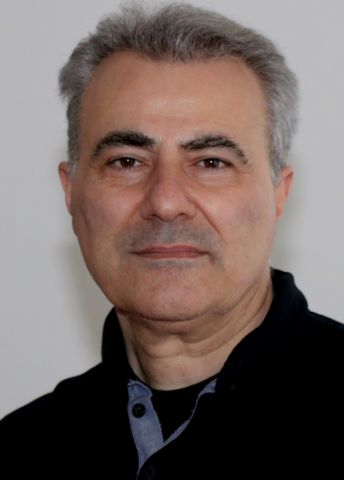
Program for mathematics 2019
Grant to recruit an international researcher
for a postdoctoral position
Professor Henrik Shahgholian
KTH Royal Institute of Technology
Grant to recruit an international researcher
for a postdoctoral position
Professor Henrik Shahgholian
KTH Royal Institute of Technology
A sandpile as a model for natural phenomena
Professor Henrik Shahgholian will receive funding from the Knut and Alice Wallenberg Foundation to recruit an international researcher for a postdoctoral position at the Department of Mathematics, KTH Royal Institute of Technology, Stockholm.
When sand castles dry out they are often unable to bear their own weight, and collapse. This leads to rapid reorganization among all the grains of sand. We often encounter phenomena of a similar nature in the world around us, when a new structure rapidly arises from chaos and imbalance. Self-organization is the term used when a new order spontaneously emerges.
The purpose of the planned project is to study mathematical problems associated with the dynamics that arise from chaos and which lead to immediate self-organization. One example is physics’ phase transitions – when a formless matter suddenly gains structure, such as when water freezes to ice; an example of chemical self-organization is the growth of crystals. The growth of bacterial cultures in biology, the organic growth of large cities, or achieving stock market equilibrium also show similar dynamic characteristics.
A mathematical model called "sandpile dynamics" is of particular interest to the project; it describes several of the above-mentioned phenomena as a particle migration along a two-dimensional lattice. In a sandpile, individual sand grains begin to migratealong the lattice according to given mathematical laws, and the aim is to study the final configurationthat emerges when the particles find a new equilibrium position. In the model, the number of particles in the original configuration increases towards infinity while the lattice becomes a homogeneous plane. A central question is whether such a boundary configuration exists and, if so, whether it is identical to the boundary configuration of the corresponding continuous model.